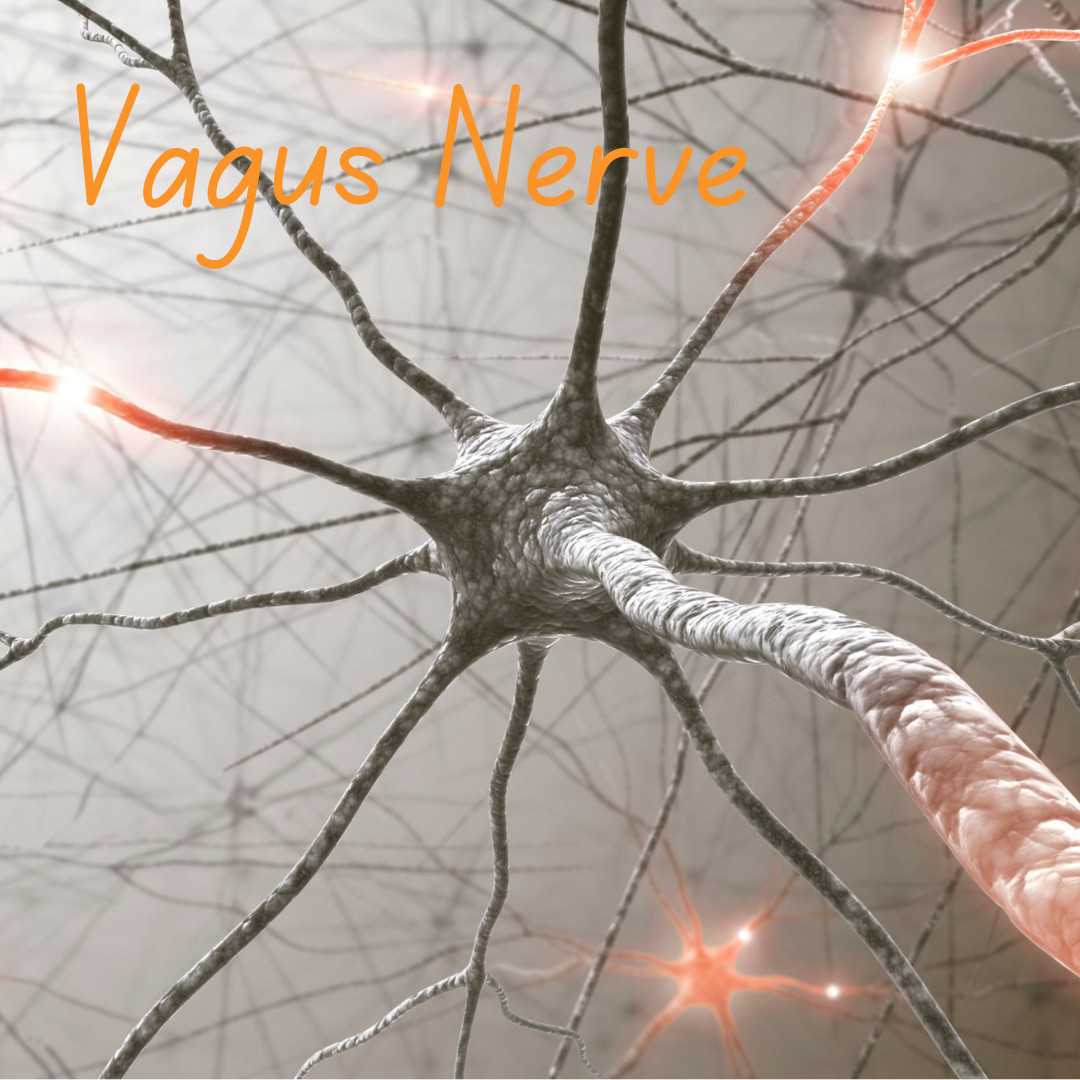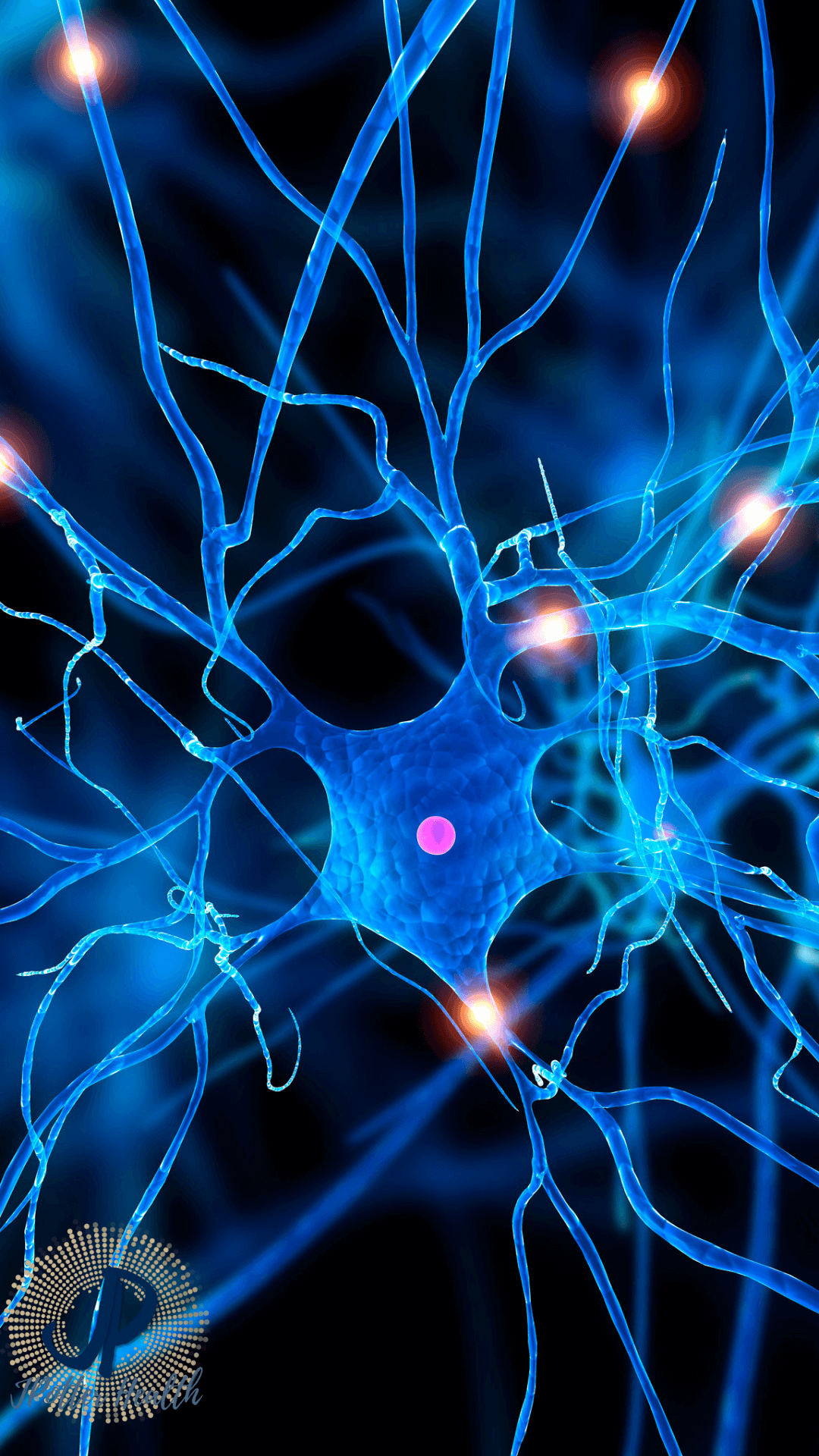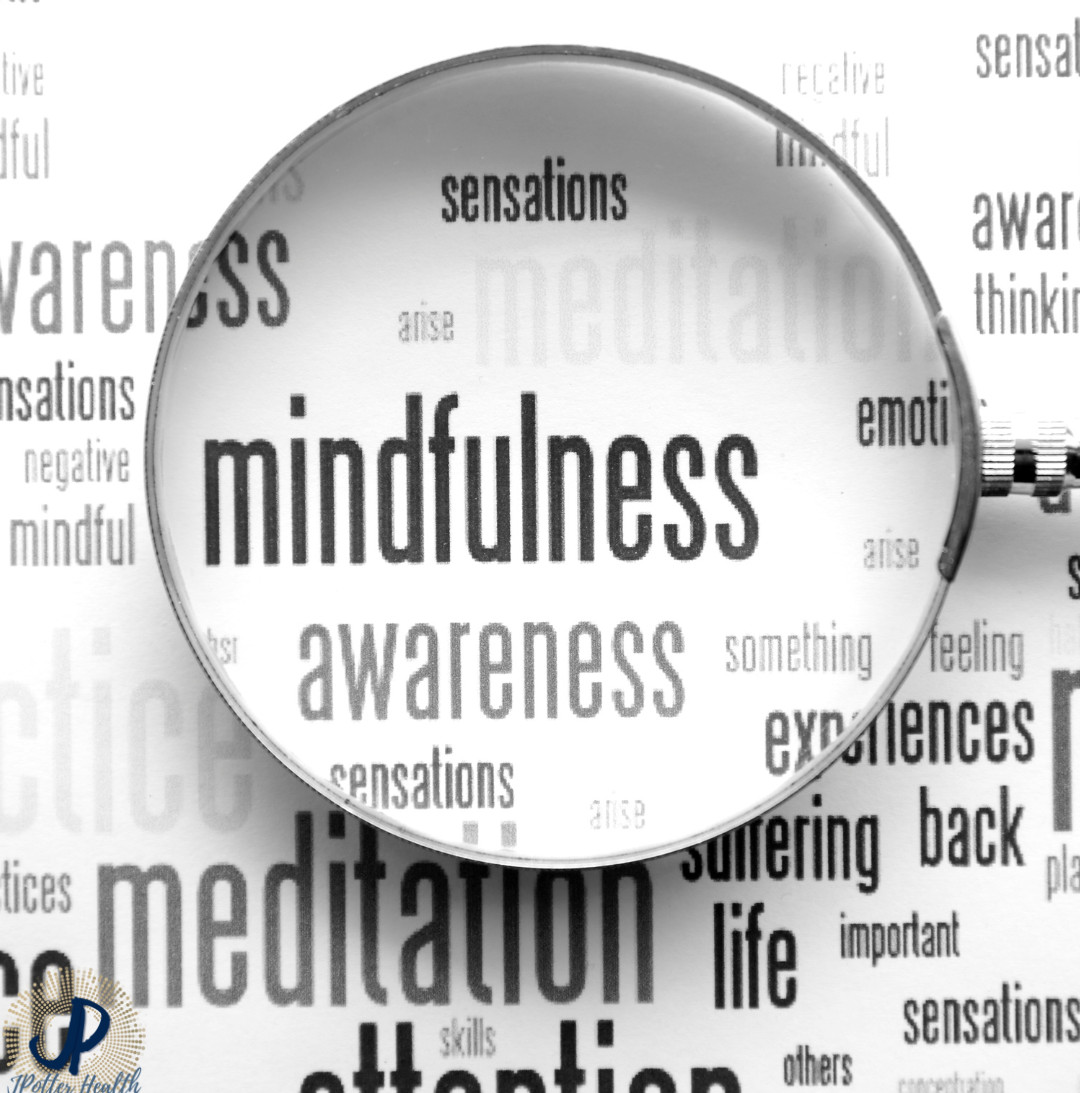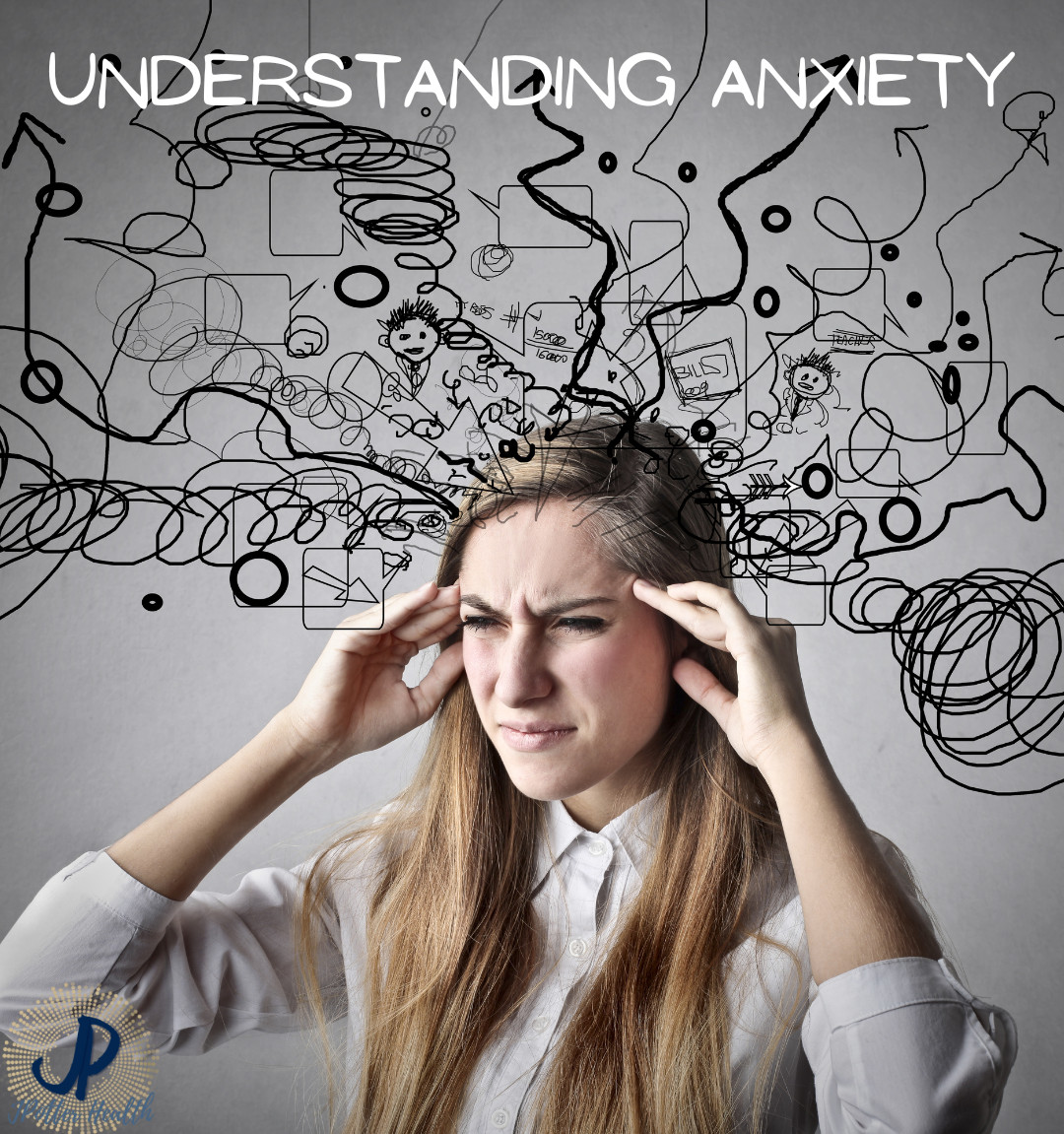Understanding the Interplay Between Environmental Factors and Mental Health: Insights from 2 Studies

In the realm of psychiatric and psychological research, the impact of environmental factors on mental health has garnered increasing attention. Two recent studies offer fresh insights into this complex relationship, focusing on the effects of specific weather phenomena and environmental stressors on mental well-being.
The first study, titled "The Impact of Foehn Wind on Mental Distress among Patients in a Swiss Psychiatric Hospital" by Christian A. Mikutta et al., delves into the influence of a unique meteorological phenomenon known as the Foehn wind, a dry and warm down-slope wind in the Swiss Alps, on the mental distress levels among patients in a psychiatric facility. This research stands at the intersection of meteorology and psychiatry, opening new pathways for understanding how specific weather conditions can exacerbate or potentially mitigate symptoms of mental distress. The study's findings suggest a noticeable impact of the Foehn wind on the exacerbation of mental distress symptoms among the patients observed. It underscores the necessity for psychiatric institutions to consider environmental triggers as part of comprehensive patient care and treatment planning.
The second study, "Panic Anxiety, Under the Weather?" by A. Bulbena et al., explores the broader question of how different weather patterns influence panic anxiety and related disorders. This investigation is particularly relevant in the context of climate change, which brings about more extreme weather events and unpredictable weather patterns. By examining the correlations between various meteorological conditions and the incidence of panic anxiety, the study sheds light on the urgent need for mental health support systems to integrate environmental considerations into their prevention and treatment strategies.
Both studies underscore a critical observation: the environment, including its weather and climate, plays a significant role in the manifestation and exacerbation of mental health issues. This realization calls for a multidisciplinary approach to mental health care, one that encompasses not only psychological and medical interventions but also considers the environmental contexts in which individuals live.
The studies by Mikutta et al. and Bulbena et al. represent significant steps forward in our understanding of the nexus between environmental conditions and mental health. They highlight the importance of considering the whole spectrum of factors that influence mental well-being and point towards a more holistic, integrated approach to mental health care and research.

 In a world that often seems chaotic and divided, it is crucial to remember the power of kindness. The simple act of showing compassion and consideration towards ourselves and others can have a profound impact on our lives, as well as those we are connected to. It is through these acts of kindness that we can truly begin to change the world, fostering a sense of unity, love, and respect for one another. This month on JPotter Health social media we are spending March on the power and benefits of kindness.
In a world that often seems chaotic and divided, it is crucial to remember the power of kindness. The simple act of showing compassion and consideration towards ourselves and others can have a profound impact on our lives, as well as those we are connected to. It is through these acts of kindness that we can truly begin to change the world, fostering a sense of unity, love, and respect for one another. This month on JPotter Health social media we are spending March on the power and benefits of kindness.The Ripple Effect of Kindness:
Kindness is like a pebble thrown into a calm pond - it creates a ripple effect that expands far beyond the initial act. When we extend kindness to ourselves and others, we create a cycle of positivity that has the potential to grow and spread, touching the lives of countless individuals. Small acts of kindness, however inconspicuous they may seem, have the power to inspire and uplift, ultimately transforming the way we interact with the world around us.
Five Examples of Kindness:
1. Practice Self-Care: Start by being kind to yourself. Prioritize self-care and nurture your physical, mental, and emotional well-being. Set aside time each day for activities that bring you joy, whether it's reading your favorite book, taking a walk in nature, or practicing mindfulness. By showing kindness to ourselves, we become better equipped to show kindness to others.
2. Acts of Service: Engage in random acts of kindness for strangers or acquaintances. Offer to carry someone's groceries, hold the door open, or simply smile and say a kind word. These small gestures can brighten someone's day, improving their mood and reminding them that kindness exists in the world.
3. Volunteer and Give: Find opportunities to volunteer in your community or donate to causes that align with your values. Whether it's spending time at a local shelter, organizing a charity event, or donating resources to those in need, your acts of kindness will have a direct and tangible impact on the lives of others.
 4. Active Listening: Show kindness through active listening. Be fully present when someone is sharing their thoughts or feelings with you. Offer support and empathy, helping them feel seen and understood. Sometimes, lending a compassionate ear is all someone needs to overcome their challenges and find solace.
4. Active Listening: Show kindness through active listening. Be fully present when someone is sharing their thoughts or feelings with you. Offer support and empathy, helping them feel seen and understood. Sometimes, lending a compassionate ear is all someone needs to overcome their challenges and find solace.5. Spread Positivity on Social Media: In the digital era, kindness can extend beyond face-to-face encounters. Use your online platforms to spread positivity and uplift others. Share inspiring quotes, commend others' achievements, and engage in conversations with empathy and respect. By doing so, you contribute to creating a virtual space that encourages kindness rather than division.
Kindness is not just a virtue; it is a way of life that has the power to shape our world for the better. By cultivating a compassionate mindset and practicing acts of kindness, we become catalysts for change. Every small act of kindness plants a seed that can grow and flourish, creating a chain reaction that transcends boundaries and spreads love and respect throughout our communities. Let us embrace kindness in our lives and be the change we wish to see in the world.


As pet owners, our furry friends' health and well-being are of the utmost importance to us. With the growing interest in alternative treatments, one compound has been gaining attention for its potential therapeutic benefits: cannabidiol (CBD). In this blog post, we will dive into the scientific validation of CBD for managing diseases in dogs and cats, as presented in the Annual Review of Animal Biosciences (Vol. 11:227-246, 2023).
Understanding CBD:
CBD is a non-psychoactive compound derived from the Cannabis sativa plant. Unlike tetrahydrocannabinol (THC), CBD does not produce the "high" associated with marijuana use. CBD interacts with the endocannabinoid system, a complex network of receptors in the body, which plays a crucial role in regulating various physiological processes.
Validating the Biological Effects:
Extensive research has been conducted to explore CBD's potential therapeutic effects. Studies have shown that CBD exhibits anti-inflammatory, analgesic (pain-relieving), and anti-anxiety properties in both humans and animals. Additionally, CBD has been found to have an immunomodulatory effect, potentially aiding in managing autoimmune diseases in pets.
Efficacy in Managing Specific Diseases:
1. Epilepsy and Seizures: CBD has shown promising results in reducing the frequency and severity of seizures in dogs and cats, especially those suffering from difficult-to-treat epilepsy.
2. Arthritis and Joint Pain: CBD may alleviate the pain and inflammation associated with arthritis in pets, improving their mobility and overall quality of life.
3. Anxiety and Stress: CBD has demonstrated effectiveness in reducing anxiety and stress-related behaviors in animals, making it a potential tool for managing behavior and separation anxiety in pets.
Ensuring Safety and Quality:
 It is crucial to note that not all CBD products are created equal. Quality control and proper sourcing are essential when choosing CBD products for your pets. Opt for products that undergo rigorous third-party testing and are derived from organically grown hemp. Additionally, consulting with a veterinarian experienced in cannabinoid therapeutics is recommended to determine the appropriate dosage and ensure compatibility with any existing medications.
It is crucial to note that not all CBD products are created equal. Quality control and proper sourcing are essential when choosing CBD products for your pets. Opt for products that undergo rigorous third-party testing and are derived from organically grown hemp. Additionally, consulting with a veterinarian experienced in cannabinoid therapeutics is recommended to determine the appropriate dosage and ensure compatibility with any existing medications.The scientific validation of cannabidiol for managing diseases in dogs and cats is an exciting area of research. While more studies are needed to fully understand its potential, CBD has shown considerable promise in various aspects of pet health. As responsible pet owners, it is our duty to stay informed, consult with professionals, and choose high-quality products to ensure the well-being of our beloved four-legged companions.

Anxiety can often feel overpowering, affecting our mental, emotional, and even physical well-being. While there are various methods to combat anxiety, stimulating the vagus nerve has emerged as a scientifically supported technique. The vagus nerve, a prominent nerve that connects the brain to the rest of the body, plays a vital role in regulating stress response and promoting relaxation. In this blog post, we dive into the science behind vagus nerve stimulation and explore effective techniques to calm anxiety.
anxiety, stimulating the vagus nerve has emerged as a scientifically supported technique. The vagus nerve, a prominent nerve that connects the brain to the rest of the body, plays a vital role in regulating stress response and promoting relaxation. In this blog post, we dive into the science behind vagus nerve stimulation and explore effective techniques to calm anxiety.
 anxiety, stimulating the vagus nerve has emerged as a scientifically supported technique. The vagus nerve, a prominent nerve that connects the brain to the rest of the body, plays a vital role in regulating stress response and promoting relaxation. In this blog post, we dive into the science behind vagus nerve stimulation and explore effective techniques to calm anxiety.
anxiety, stimulating the vagus nerve has emerged as a scientifically supported technique. The vagus nerve, a prominent nerve that connects the brain to the rest of the body, plays a vital role in regulating stress response and promoting relaxation. In this blog post, we dive into the science behind vagus nerve stimulation and explore effective techniques to calm anxiety.1. Deep Breathing Exercises
One simple yet effective method to stimulate the vagus nerve is through deep breathing exercises. By taking slow, deep breaths, you activate the diaphragm and stimulate the vagus nerve, triggering the relaxation response. Several studies have shown that deep breathing positively affects heart rate variability—a measure of the vagus nerve's activity—in individuals with anxiety disorders. To implement this technique, inhale deeply through your nose for a count of four, hold your breath for a count of four, and then exhale slowly through your mouth for a count of eight, repeating for a few minutes.
2. Cold Therapy
Engaging in cold therapy, such as cold showers or immersing your face in icy water, can elicit a powerful stimulation of the vagus nerve. The cold triggers the "diving reflex," which works in tandem with the vagus nerve to reduce heart rate and blood pressure. A study published in the Journal of Clinical Psychopharmacology found that this method significantly reduced anxiety symptoms in participants. While the idea of cold therapy might seem uncomfortable, the potential benefits it offers for calming anxiety make it worth considering.
3. Meditation and Mindfulness
Both meditation and mindfulness practices offer a dual benefit—they enhance relaxation while also bolstering vagal tone, which is a measure of vagus nerve activity. Engaging in regular meditation sessions or incorporating mindfulness into your daily routine can positively impact anxiety levels. Multiple studies have demonstrated that meditation and mindfulness practices increase vagal tone, leading to reduced anxiety symptoms. Consider dedicating at least 10 minutes each day to focus on your breath, embrace guided meditation apps, or join mindfulness workshops to harness the vast potential of these practices.
 4. Singing, Chanting, and Humming
4. Singing, Chanting, and Humming Unleash your inner songbird, as engaging in singing, chanting, or humming can provide notable vagus nerve stimulation to alleviate anxiety. Such activities improve respiration and heart rate variability, promoting relaxation responses. In a study by researchers at the University College London, participants who sang together experienced higher levels of oxytocin, a hormone associated with bonding and relaxation. So, whether it's belting out your favorite tunes, joining a choir, or incorporating chants and mantras into your routine, vocalizing can have a direct impact on activating the vagus nerve and soothing anxiety.
5. Yoga and Exercise
Practicing yoga and engaging in regular physical exercise not only benefit your physical health but also play a crucial role in stimulating the vagus nerve. Yoga poses, such as the "cobra" or "bridge," stretch and activate the throat and neck areas, stimulating the vagus nerve directly. Furthermore, moderate-intensity aerobic exercises, like jogging or cycling, elevate heart rate variability and vagal tone, leading to a sense of calm. Incorporating yoga poses or cardiovascular exercises into your routine for 20-30 minutes a day can significantly contribute to managing anxiety symptoms.
Stimulating the vagus nerve offers a simple yet scientifically supported pathway to calm anxiety symptoms. Incorporating deep breathing exercises, cold therapy, meditation and mindfulness, singing or vocalizing, and yoga or exercise into your routine can provide effective results. By embracing these techniques, we can tap into the body's natural relaxation responses and empower ourselves to confront anxiety head-on. Remember, managing anxiety is a process—be patient with yourself and explore what combination of these methods works best for you.

 In the intricate and marvelous world of human anatomy, a single nerve plays a crucial role in regulating our stress response. Meet the vagus nerve, an essential component of our autonomic nervous system. While this nerve is often overlooked, its significance cannot be overstated. In this article, we will explore the science behind the vagus nerve and its unparalleled ability to calm our fight-or-flight mechanism, offering new insights into managing stress and promoting relaxation.
In the intricate and marvelous world of human anatomy, a single nerve plays a crucial role in regulating our stress response. Meet the vagus nerve, an essential component of our autonomic nervous system. While this nerve is often overlooked, its significance cannot be overstated. In this article, we will explore the science behind the vagus nerve and its unparalleled ability to calm our fight-or-flight mechanism, offering new insights into managing stress and promoting relaxation.The Vagus Nerve: Anatomy and Function
The vagus nerve, scientifically known as the cranial nerve X, is the longest and most complex of all cranial nerves. Arising from the medulla oblongata in the brainstem, it courses throughout the body, reaching various organs including the heart, lungs, digestive tract, and even the vocal cords.
This remarkable nerve functions as the primary communicator between the brain and the rest of the body. Its main purpose is to regulate the parasympathetic nervous system, which oversees various bodily processes during times of rest, relaxation, and digestion. Among its numerous roles, the vagus nerve helps lower heart rate, control breathing, improve digestion, and promote the release of feel-good hormones.
Calming the Storm: The Vagus Nerve and the Fight-or-Flight Response
When faced with a perceived threat, our fight-or-flight response is triggered, leading to a cascade of physiological changes. While this response is vital for survival, frequent and prolonged activation can have detrimental effects on our health. Here lies the vagus nerve's remarkable ability to intervene and restore calm.
The vagus nerve acts as a regulator, counterbalancing the sympathetic nervous system's response during times of stress. Through the release of acetylcholine, a neurotransmitter, the vagus nerve actively inhibits the stress response by reducing heart rate, promoting restful digestion, and allowing the body to conserve energy. This unique mechanism helps us return to a state of equilibrium, enabling us to think more clearly and respond to challenges effectively.
Furthermore, recent scientific research has shown that stimulating the vagus nerve, for instance through deep breathing exercises or meditation, activates the "vagal brake." This phenomenon further amplifies the nerve's calming effect, reducing anxiety and promoting overall well-being.
Harnessing the Power of the Vagus Nerve
With the growing understanding of the vagus nerve's potential, numerous techniques can be employed to enhance its function and alleviate stress. Deep breathing exercises, such as diaphragmatic breathing or alternate nostril breathing, trigger the vagus nerve's response, promoting a sense of calm and relaxation. Similarly, practices like meditation, yoga, and mindfulness have been shown to increase vagal tone, helping individuals better manage their fight-or-flight response.
As we delve deeper into the fascinating world of human anatomy, the vagus nerve emerges as a silent hero in our quest for stress management. Understanding its role in calming the fight-or-flight response offers us an empowering tool to navigate life's challenges with grace. By implementing simple techniques to stimulate the vagus nerve, we can cultivate a state of balance, unlocking our body's innate ability to relax, heal, and thrive.







